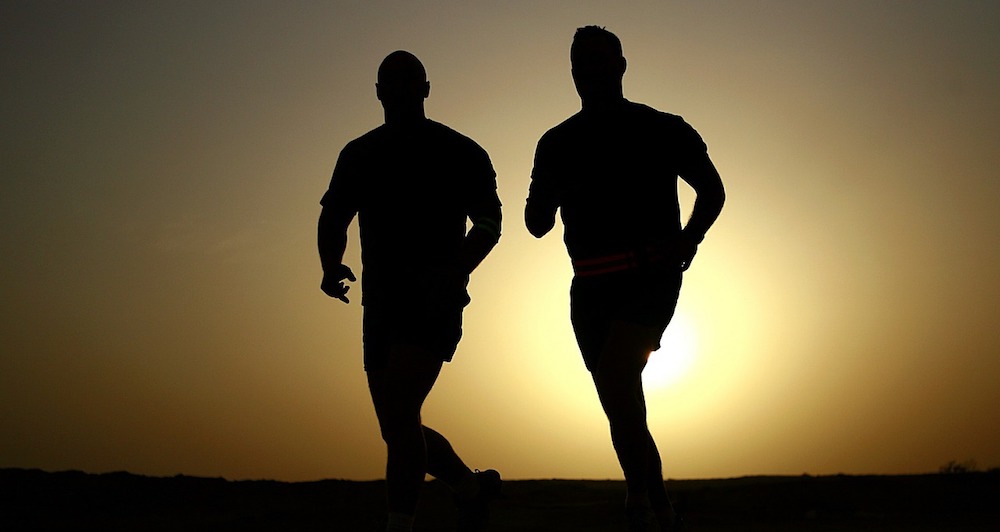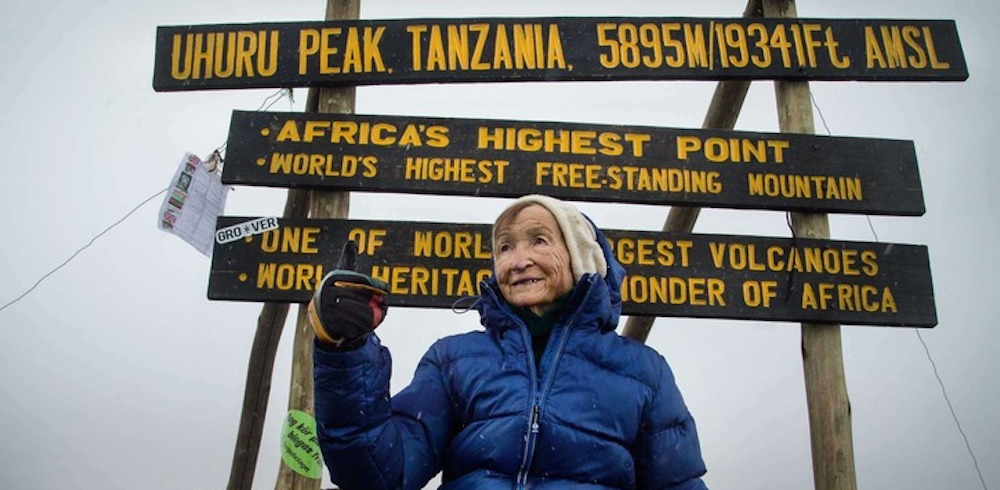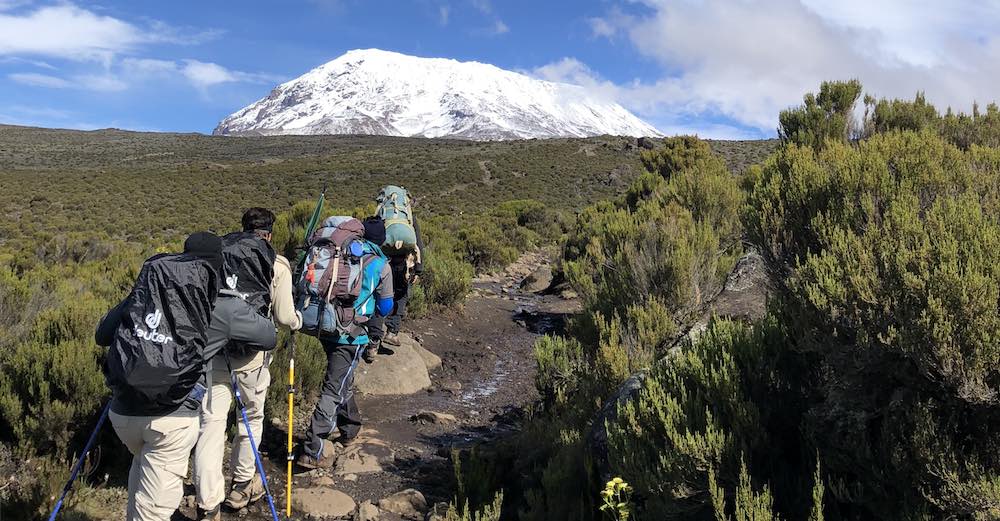Preparation and Training for Kili
Climbing Mount Kilimanjaro is no joke, despite all the talk about it being manageable for even the most inexperienced of climbers. That’s all true, but just because you haven’t climbed a mountain before doesn’t mean you don’t need to undertake some serious preparation for taking on the challenge of summiting the world’s largest free-standing mountain and Africa’s highest peak.

NOTE: This is part 2 of a multi-part blog series on climbing Mount Kilimanjaro. Be sure to check out the other parts detailing various aspects and phases of our preparation, trip logistics, and the climb, all linked at the end of each article. And definitely don’t miss the vlogging video compilation at the end.
Overview
I’ll be honest… I seriously underestimated the challenge of climbing Kilimanjaro. With that said, however, I did do pretty darn well with only moderate preparation. But knowing what I know now, there’s a lot I would have done differently beforehand to make the climb much less taxing and more enjoyable.
My first mistake was only doing moderate training for only a short period before my trip. I started going back to the gym daily and doing a moderate workout routine about a month out from departure. I had been in and out of the gym in phases of serious motivation followed by weeks or months “ahh fuck it!” for years, but I knew I had to crack down in advance of this undertaking.
My Own Training Regimen
When I got to about four weeks out from the trip, I decided to get semi-serious about training. I started trying to go to the gym every day, but in actuality I made it only about 4-5 days a week in the month leading up to the trip. I figured if my goal was to go every day and I ended up going 5 days a week, then that was still pretty good. Seven days a week would be overkill anyway.
The problem, however, was that two or three months of moderate training would have been ok, as would have one month of intense training, but only one month of moderate training just wasn’t sufficient to prepare me physically for tackling Kili. Were I already in excellent shape, things might have been different. But I had been traveling nonstop for several years prior, and with constant travel and jetsetting comes bad eating and workout habits.
When I was in one place for more than a few weeks I joined local gyms wherever I was (southern Germany, the south of France, Spain’s Costa del Sol, London, etc.) and of course I still had my home gym in DC where I went on the occasions when I decided to pop in for an extended stay in my own house. But for the most part, I wouldn’t say that I was in top physical shape leading up to this trip. Ok shape, maybe. But nothing to brag about.
So as I mentioned, I at least did start hitting the gym seriously and consistently about a month prior to departure. I went home to DC and actually stayed in my house for most of the month prior and got back in the gym there and started eating healthy again. At the gym I did a lot of inclined treadmill, quad workouts, and stair machines galore. I’d never been into stair machines before, but I discovered what a wonderful freakin’ workout those can be!!
Manifestations on the Mountain
So how did all this short-term, moderate-level training manifest itself on the actual climb? Well, even with what I would consider to be inadequate training from a mid-level baseline, I was still able to meet the physical demands of the climb. The first two days of gradually hiking upwards were ok . The third, of course, was just an acclimatization day, mostly staying at altitude but going on a short hike up the mountain and then descending back down to the camp for another night.
The fourth day was noticeably more challenging physically as the unusually high altitude began to take its toll and the terrain got a little rougher and steeper. But even still, it wasn’t like you might imagine “climbing a mountain” to be. We weren’t using grappling hooks to hoist ourself up cliff faces. We were just hiking, albeit a little steeper and significantly higher. And this is where the extra training and preparation would have started to come in handy.
But as moderately challenging as day four was, the final ascent is where proper preparation really would have paid off. While you’re still not climbing rock wall-style, the final ascent is the hardest part of the climb and is best described as hiking up a 30-45 degree slope for several hours in the freezing cold. Not only is good cardiovascular fitness necessary here, but it really helps to have invested some significant time training your legs for this type of sustained activity.
A Proper Kilimanjaro Training Regimen
So here’s an overview of what I would suggest for pre-climb training and workout goals…
Cardio
Get to where you can at least jog for five miles straight without stopping. While you won’t have to do any jogging on Kili, the cardiovascular impact of jogging five miles at low altitude will help prepare you for walking for six to eight hours per day at higher altitudes. I would also recommend some constant power-walking with a high incline on the treadmill too, perhaps working your way to doing so for at least an hour (it’s only walking, so just tough it out).
Leg Workouts
I would highly recommend combining progressive strength training (i.e., weights, squats, raises, etc.) for quads, hamstrings, and calves with a consistent regimen on the stair-stepper, working your way up to at least several 45-minute sessions per week at a moderate pace over several months.
Acclimatization
Not everyone training for a climb of Mount Kilimanjaro will have the luxury of either being located in a high-altitude training environment or being able to make a trip to a high-altitude training environment prior to their trip. But making time for at least one trip to a mountainous area as part of your preparation and training will be well worth it if you can.
An ideal trip would be a long weekend during which you can drive up to a high-altitude area in your region (or elsewhere if you want to turn it into a mini training vacation) and get in several good long hikes upwards, plus one or two additional daily workouts in a gym, even if it’s a hotel gym. The point is to begin getting your cardiovascular system adjusted to exerting itself at higher altitudes. This will prompt your body to produce extra oxygen-carrying red blood cells, which will work wonders for you once you get to Tanzania and begin ascending the mountain and needing those extra oxygen carriers.
Perspective
Alright, so I know that seems like a lot of prep. Maybe it even seems a little intense to you. But look at it this way – you’re about to embark on the trip of a lifetime. You’re going to invest significant time, money, and even social capital in this trip, and you want to be successful on it. And it’s all for the greater good too, especially our own personal greater good.
Doing a trip like this has enormous benefits for your physical health, your mental health, your confidence, and, hell, it’s a bucket list accomplishment that 99.9% of humans on earth only dream of. You’re going to actually do it, and you’re going to get enormous health benefits out of the preparation and out of the trip itself, so it’ll all be worth it.
When I climbed Kili, I did nothing but shovel pasta, bread, and other delicious foods into my pie hole three times a day on the mountain. And despite that enormous amount of daily carb and calorie consumption, I lost ten pounds during that one week of climbing. That’s because we’re burning SO many calories in a day through all the hiking that I could literally eat anything and everything I wanted and I still burned it all off and more.
So trust me when I say that this trip will help get you into the best physical and mental shape of your life. Plus the camaraderie you gain with your fellow climbers and guides is indescribable, and the praise and reinforcement you receive from your friends and family back home is all a huge added bonus.
Traveling to Tanzania and climbing Mount Kilimanjaro is truly unlike any experience you’ll have ever had, and it’ll truly be the experience of a lifetime. And who knows, it might just jumpstart a whole new travel or fitness lifestyle for you that you didn’t even know you could realistically embrace. In the very least, you’ll get healthier, check off a once-in-a-lifetime bucket list accomplishment, and create some incredible new bonds with some amazing friends.
Other Featured Articles in the Climbing Kilimanjaro Series:
Part 1: Climbing Mount Kilimanjaro – The Intro
Part 2: Preparation and Training for Kili
Part 3: Choosing a Climbing Route on Kilimanjaro


